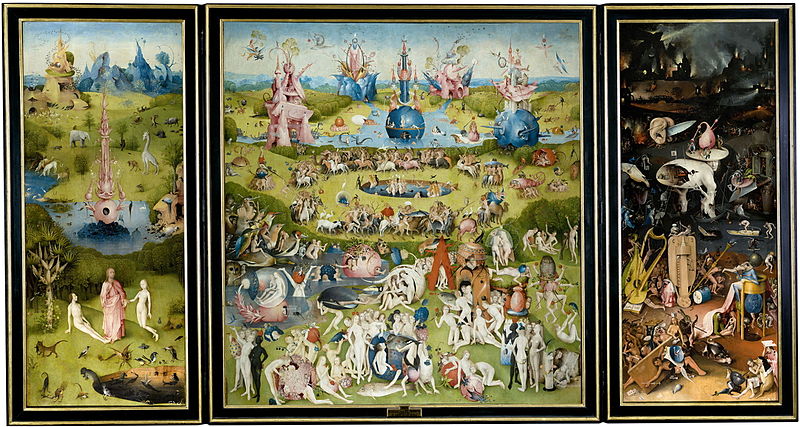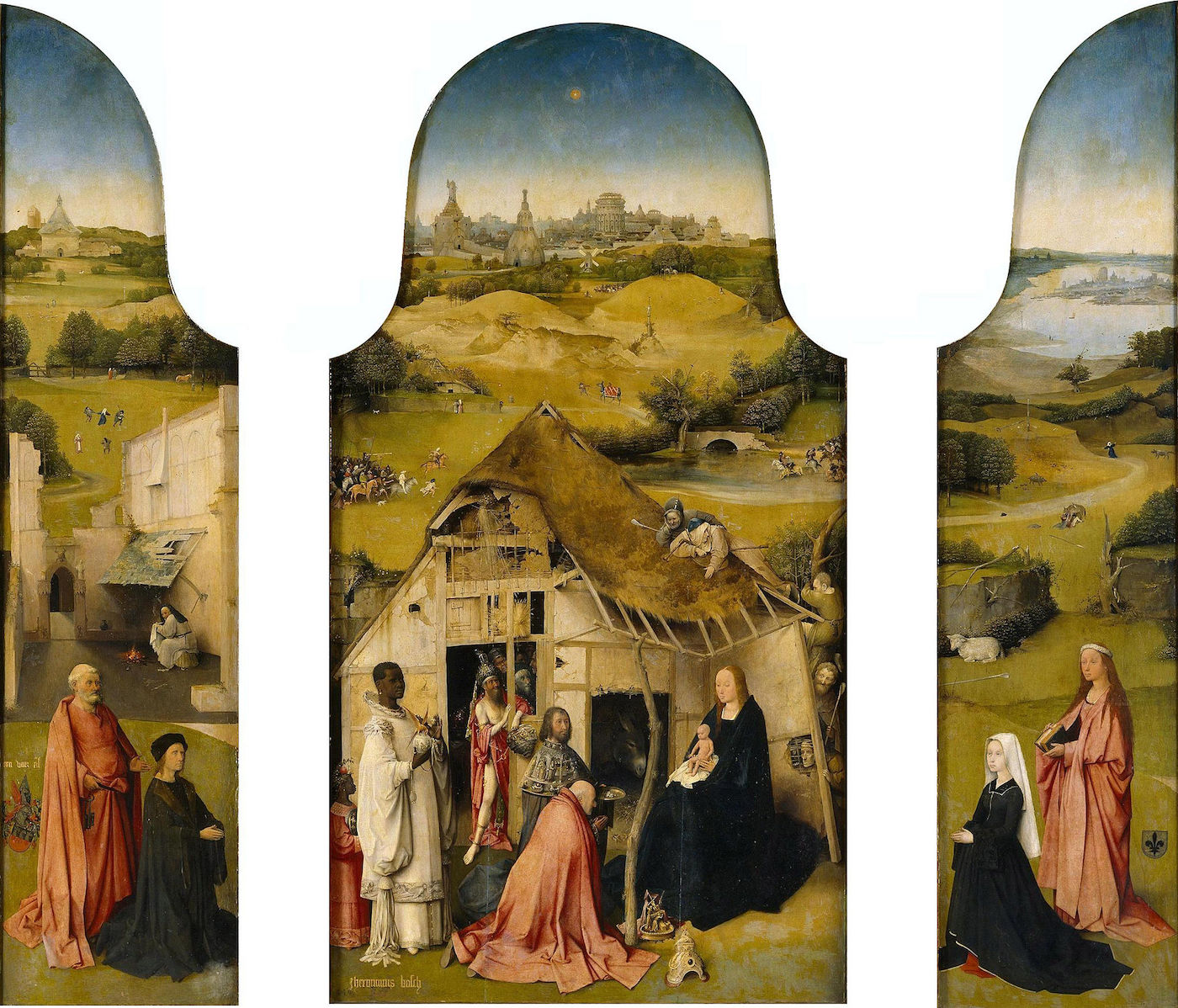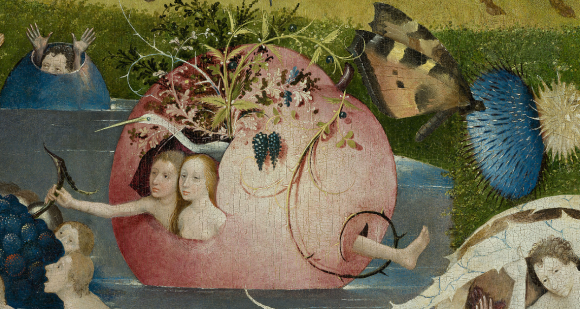Madrid’s Museo del Prado is holding one heck of a birthday party for Hieronymus Bosch. Er–sorry, we meant deathday party, à la Nearly Headless Nick in Harry Potter and the Chamber of Secrets. In a somewhat-related style, the Prado is currently holding unprecedentedly-huge exhibition on the works of Hieronymus Bosch. The exhibition, curated by Pilar Silva, head of the Prado’s Department of Spanish Painting, is titled Bosch:The 5th Centenary Exhibition, falls on the five hundredth anniversary of Bosch’s death, and features the greatest number of Bosch works ever assembled, according to Hyperallergic.

The Prado’s collection of Renaissance and Baroque works from the Low Countries (including that of Bosch and his contemporaries) is massive, due to the royal family racking them up when the Hapsburgs still ruled that area. According to Hyperallergic, Philip II was a huge fan of Bosch’s, which accounts for the museum now owning so many of Bosch’s pieces. However, the Prado’s collection is joined by works from museums in Lisbon, London, and Vienna for the massive exhibition.
The exhibition’s focus is, aside from showcasing the works, to allow viewers into the many different and sometimes-bizarre worlds Bosch was so good at creating. The highlights include Bosch’s Last Judgment, The Adoration of the Magi triptych, and–of course–his signature piece, The Garden of Earthly Delights, which you can now interact with online, courtesy of the wonderful team working at the Museo del Prado. According to Hyperallergic, most of the works at the exhibition seem to encompass the same push-pull ambiguity of good and evil as seen in The Garden of Earthly Delights. “Unusual iconographies” prevail, including one so odd as to suggest that the figure of the Antichrist (alluded to in the Biblical book of Revelation) is visible in the same building as the baby Jesus in The Adoration of the Magi. (I, personally, am uncertain as to which figure Hyperallergic is referring–but my money’s on the random guy in the pinkish-red robes and crown peering out from behind a pole. The figure on the roof, as well as the ones peeking in and around the right side of the structure, seem too much like shepherds. But this is all my own conjecture–let us know what you think!)


Update: Wikipedia and the Web Gallery of Art, along with the more prestigious SUNY Oneonta, have confirmed that yes, the creepy guy in the crown is possibly a representation of the antichrist. But it also could be Herod and his spies or an allegorical preview of the crucifixion, among a variety of postulations from other scholars.
Which all goes to say that elements of light and darkness are a big part of Bosch’s Adoration, and among his most famous works as well. The Prado’s exhibition illuminates this facet of Bosch’s work. By showing so much of Bosch’s work at such a prolific anniversary, the Prado has shown just how much an artist can not only impact their world, but create worlds in which their real-world can continually visit. If 500 years can’t dim the impact of Bosch’s work, both in how it displayed and impacted the contemporary art of his period and how it went on to influence many others, not much will probably be able to.

So if you’re in Madrid anytime between now and September 25, be sure to stop by the Prado to take a step into the wondrously strange worlds of Hieronymus Bosch.
Read a lot more about Hieronymus Bosch at the original Hyperallergic article or at the Museo del Prado’s website.
Want to get closer to The Garden of Earthly Delights? The Museo del Prado’s online interactive tools let you do just that.
Curious about what we do here at the Art Docent Program? Find more about us here.
Dying for more quirky art news? Check out past blog posts here!







